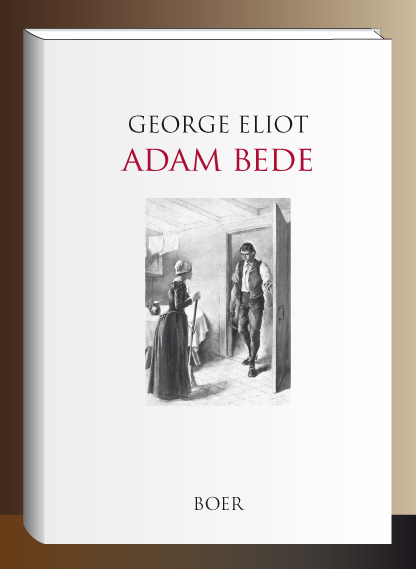

To the optimist, however, the story offers a much different perspective. It warns us against disillusionment and flights of fancy by showing us how blinding - and therefore damaging - ideals can be when not rooted in a sense of reality. To the cynic, then, Adam Bede is a cautionary tale about the dangers of getting your hopes up. Neither character sees the other as they truly are, and both hopes are frustrated when Hetty is later accused - and found guilty - of a terrible crime. Meanwhile, Adam, who has been pining for Hetty all along, interprets her newfound attention as something it is not, “attributing imaginary virtues to her” (318) and fashioning an image of her heart out of his own self-perception, “which was large, unselfish, tender” (319).

She doesn’t really love him, but at least, she figures, marrying him will distract her from her grief: “one of the first results of sorrow is a desperate vague clutching after any deed that will change the actual condition… She did not care what she did, so that it made some change in her life” (306).

Hetty is devastated, but she soon convinces herself that Adam will offer her the redemption she seeks. But just as she’s building a pretty picture of their life together, he abandons her. Arthur’s attention to Hetty convinces her that he desires the same romantic future as she does. Hetty and Adam each let their imaginations run away with them, to detrimental effect. Eliot’s narrator begins by painting a picture of how not to hope.


 0 kommentar(er)
0 kommentar(er)
